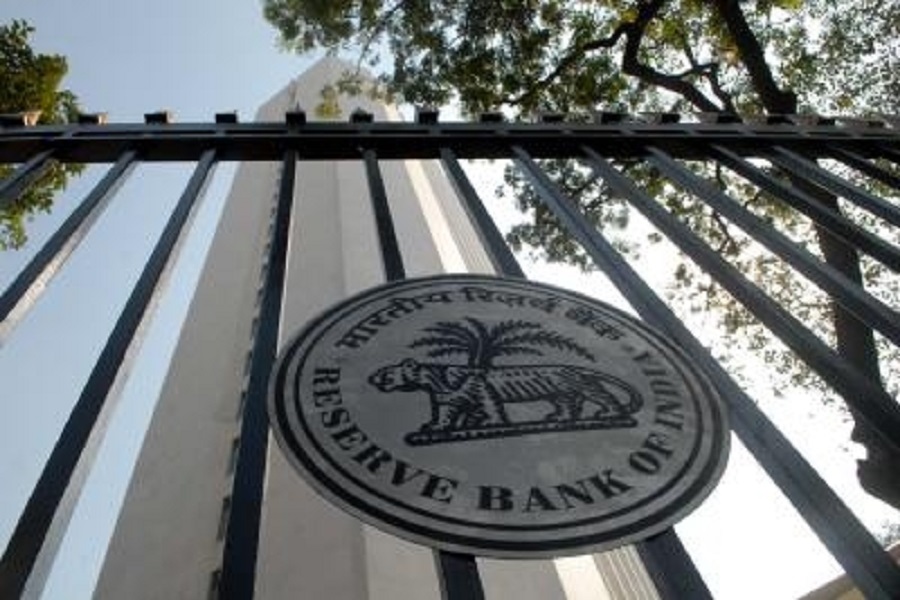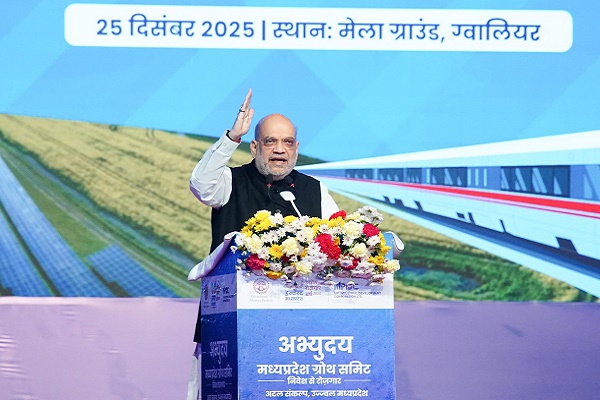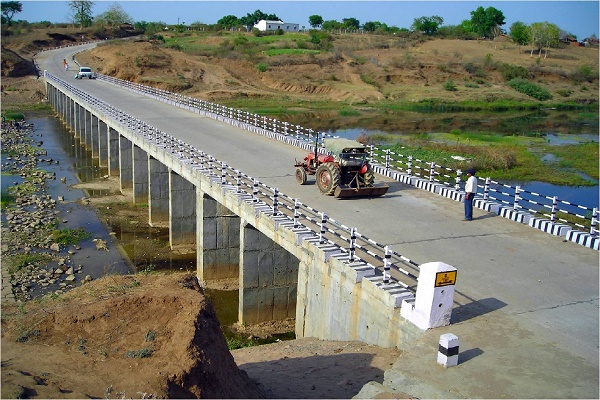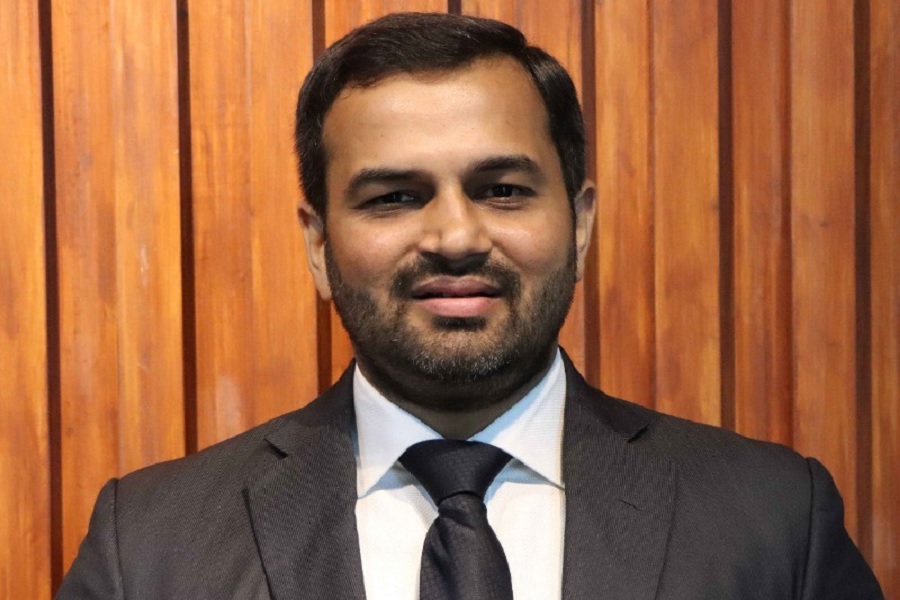ANRF to anchor India’s scientific future: Dr JitendrSingh

The newly-constituted ‘Anusandhan’ National Research Foundation (ANRF) is a critical organisation for all science ministries and departments across the government, UnionMinister DrJitendraSingh has said, adding that ANRF has been envisaged to anchor upscaled collaborations involving private players.
Chairing a high-level joint meeting of all the science ministries and departments at the National Science Centre, the minister laid out a vision for aligning research outcomes across departments with national priorities, private sector participation and market readiness.
At the core of this shift, said Dr Singh, is the aspiration to build a unified research strategy that breaks silos, avoids duplication and delivers tangible, scalable benefits to society.
“All the science ministries must work with the intent to deliver market-relevant, public-good products,” he emphasised, adding that ANRF will not only act as a coordinating body but also serve as a catalyst to bring in private sector investment and innovation.
Dr Shivkumar Kalyanaraman, ANRF CEO, outlined a bold roadmap that envisions catalytic funding models, deep private sector integration, and AI-led scientific acceleration.
The agency is set to model its functioning on globally successful institutions like the NSF and DARPA, launching cross-ministerial missions focused on economic growth and societal impact.
Notably, ANRF is set to launch a “Small Business Deep Tech Innovation” programme inspired by global best practices, aimed at supporting startups and MSMEs in scaling technologies for real-world application.
In a bid to maximise national research infrastructure, ANRF will also roll out a “Cloud of Research and Innovation Infrastructure” to allow deep-tech startups and institutions to access underused equipment across the country.
The foundation’s ‘AI-for-Science’ initiative is another key highlight, focusing on using AI to model scientific equations in physics, chemistry, and biology — a leap expected to drastically shorten the time from theory to practice in core scientific domains.
Dr Singh underscored the importance of projects with visible public utility, citing CSIR’s HANSA-NG aircraft, the Department of Atomic Energy’s Bharat Small Modular Reactors, and space-based applications as models to emulate.
The HANSA-NG, a two-seater trainer aircraft developed indigenously by CSIR-NAL, is already witnessing strong market interest with 110 orders and production lined up in collaboration with Pioneer Clean Arms Pvt Ltd.
Dr Singh noted the project’s potential to reduce India’s dependency on expensive foreign pilot training, and suggested roping in private airlines and aerospace component manufacturers to scale up production beyond Bengaluru.
Similarly, the Department of Atomic Energy is developing the Bharat Small Modular Reactor (BSMR), a 200 MW pressurised water reactor intended for industrial applications and grid-independent power generation. These initiatives demonstrate the type of innovation the Minister wants the ANRF to incubate and scale.



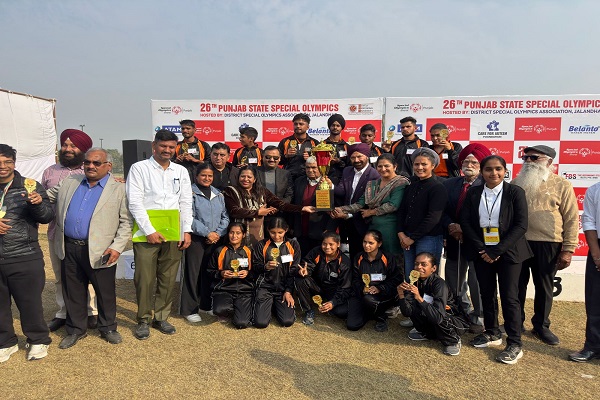
.jpg)



